When watering flowers, water them when they are dry. Do not water them when they are not dry. When you do water them, water them thoroughly.
Many flower-growing novices, and even veterans (those who have grown many flowers for a long time but still have many flowers that die), always fail to grasp the right degree of watering when watering the plants at home, and either drown or wither their beloved plants. This time, combining the opinions of various heroes, I have compiled a guide to watering houseplants for everyone. Please read it slowly and patiently~~
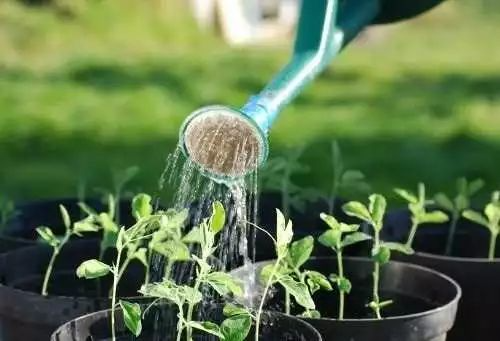 How to water houseplants correctly
How to water houseplants correctly
“Water when dry” and “Don’t water unless dry, and water thoroughly when you do”, are these reliable?
I believe that most people have seen or heard of these two watering principles, especially beginners who grow flowers. These two sentences actually express almost the same meaning. They are the watering experience summarized by the majority of flower growers, not the truth. Besides, the truth may not be universally applicable, let alone the summary of experience.
We are not trying to deny this experience. In fact, this sentence is more for beginners, because most beginners are very cautious about growing flowers, fearing that the flowers and plants will not get enough water or fertilizer. Therefore, at least half of the flowers that die from being "drowned" by beginners are due to overwatering. The greatest significance of "no watering unless dry" is to prevent over-watering. This sentence can save a large number of flowers.
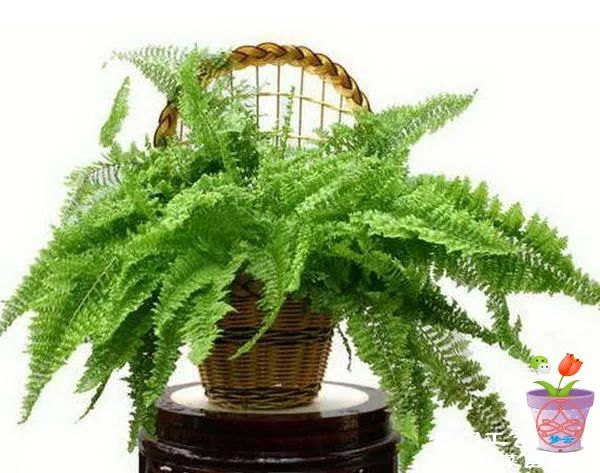
"Don't water unless the soil is dry" means that when the surface of the pot soil is dry, there is still moisture in the bottom soil and the roots of the plants. Watering at this time will cause the roots to have too much moisture, which will prevent the roots from breathing and cause the roots to rot. "Water thoroughly" means that the roots can absorb moisture from the bottom of the pot and grow downwards. If you only water the shallow layer, the roots of the plants will become shallow, which is not conducive to growth.
For example, many succulents are dormant in the summer. During the dormant period, the metabolism of the plants slows down and the vitality of the plant roots decreases. At this time, the succulents do not need too much water. The same amount of water in the summer will cause damage to the roots of the succulents. This is why watering when dry cannot be used on succulents in the summer.
However, domestic plants are generally divided into five categories: aquatic, hygrophytic, mesophytic, semi-drought-tolerant, and drought-tolerant. Each type of plant has different water requirements, so the above two watering principles are not omnipotent and cannot be applied to all plants. In other words, watering plants should be treated differently according to their growth habits, so as to master the cultivation methods suitable for the local climate, so as to achieve scientific and reasonable results.
 How to water houseplants correctly
How to water houseplants correctly
With such a wide variety of plants, how should we water them scientifically and reasonably?
In general, all plants should be watered at different times in different seasons. In order to reduce the temperature difference between water and potting soil, it is suitable to water in the morning or afternoon in spring and autumn; in winter, it should be watered at noon when the temperature is slightly warmer; as for summer, there is a saying that "morning water is nectar, noon water is arsenic, and evening water is life-saving soup", so watering should be done in the morning or evening.
*Note: When the temperature difference between water and soil exceeds 5°C, root growth will be seriously affected and may even cause plant death.
According to the objective conditions of nature and the objective needs of the plants, we can treat different plants differently when watering:
1. Water herbaceous flowers more and woody flowers less.
2. Water flowers that prefer moisture more often and flowers that prefer dryness less often.
3. Water more for plants with large and soft leaves, and water less for plants with small and waxy leaves.
4. Water more during the vigorous growth period and less during the dormant period.
5. If the seedlings are large and the pots are small, water them more often; if the seedlings are small and the pots are large, water them less often.
6. Water the flowers in the courtyard, balcony and rooftop more often, and water the potted flowers in the living room less often.
7. Water more when it is hot and less when it is cold.
8. Water more on sunny days and less on cloudy days.
9. Water more when buds are forming and less when flowers are blooming.
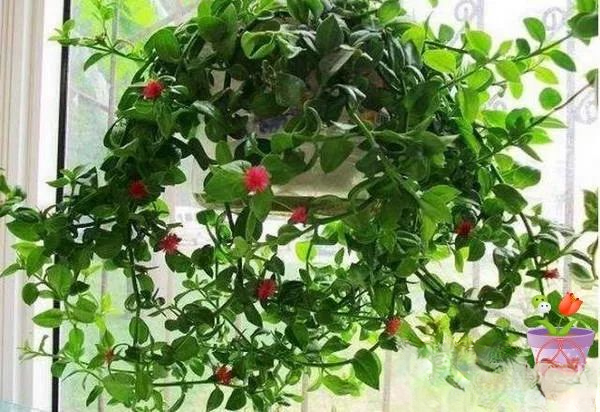
Finally, to give a brief summary, for drought-resistant flowers, watering should follow the principle of "prefer dry to wet", and water should not accumulate; while for hygrophilous flowers, the principle of "prefer wet to dry" should be followed, and dehydration should not be allowed; so it is very important to understand the habits of your plants.
Be careful about how to deal with plants that are too dry or too waterlogged:
1. If the plant is dry and dehydrated, and the branches and leaves are wilting, do not water it directly in large quantities, otherwise it will easily damage the roots and cause the leaves to fall off. The correct way is to move it to a cool place first, spray water on the leaves, add a small amount of water to the flowerpot, and wait until the stems and leaves are restored to upright shape before watering it thoroughly.
2. When there is water accumulation in the flowerpot for a long time after a heavy rain or due to other reasons, and the branches and leaves wilt and become lifeless, the plant should be moved out with the soil and placed in a cool and ventilated place to allow it to breathe and release moisture quickly. Wait for three to five days for it to recover before putting it back in the pot.
The biggest challenge in growing flowers is watering. Once you master the watering method, you can easily keep the flowers alive. However, to grow them well, you still need to accumulate enough experience and master the skills of lighting, fertilization, pruning, etc. What we need to do is to learn slowly, practice seriously, and enjoy the fun. Have you learned the watering tips today?
Watering is a big deal in plant cultivation, and it is a matter of life and death for plants. So what should we pay attention to when watering plants? How to water potted plants correctly? The following will introduce it to you.
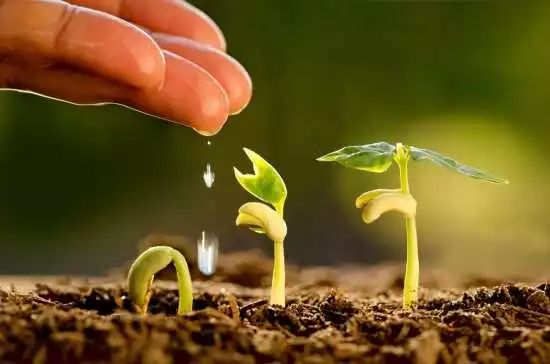 Precautions for watering potted plants
Precautions for watering potted plants
Water the potted plants according to the situation and control the amount of water.
1. When watering, consider the size, depth, and shallowness of the pot: water large pots less, small pots more, deep pots less, shallow pots more;
2. When watering, look at the texture of the pot: water more for earthen pots, less for ceramic pots, and even less for porcelain pots; Look at the soil: water less for clay, and more for sandy soil;
3. Water the trees according to the species: water broad-leaved trees more and coniferous trees less; water those with good growth more and those with weak growth less; water large trees in small pots more and small trees in large pots less; look at the placement: water more when facing the sun and less when facing the shade; water more when facing the sun; water more when facing high terrain with strong winds and less when facing low terrain with less winds; water more when the wind is dry and water less when the air humidity is high.
4. Watering at the right time; water quality is critical.
You can tell whether the bonsai needs watering by tapping the pot with your fingers. If it makes a sound, water it. If it doesn't, don't water it. The water temperature should be consistent with the local temperature. Too high a temperature will burn the roots, and too low a temperature will freeze the roots.
In general, the temperature difference is small in spring and autumn, and the humidity is high, so you can water the plants whenever it is dry. In summer, the temperature evaporates quickly, so you can water the plants in the morning and evening. In winter, when the plants are dormant, water them at noon.
Avoid using saline, alkaline and greasy water . If there are many bonsai, use pond or pool water. If there are few bonsai, use replaced fish water or stored tap water. The water should flow out from the bottom of the pot. After watering, spray the leaves to wash away dust to facilitate photosynthesis. Generally, use a watering can to water the bonsai. Avoid using a tap to water the bonsai directly, so as not to cause the soil in the pot to be lost and endanger the life of the plant.
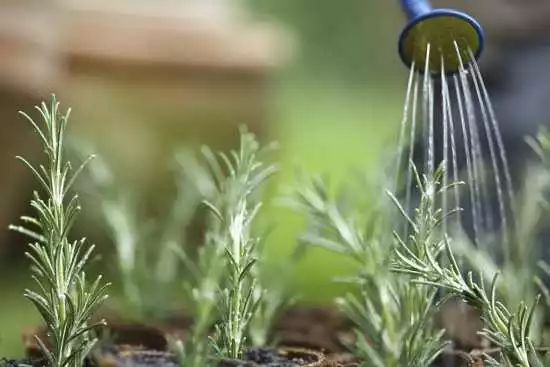 Precautions for watering potted plants
Precautions for watering potted plants
Specific methods and precautions for watering potted plants
1. Soft water is the best choice for watering. Natural rainwater is the favorite of plants, followed by river water and pond water.
2. Tap water needs to be left to air dry for a day before use, because tap water contains more chemical components, such as chlorine, and plants are also picky eaters.
3. Do not use dishwashing water or laundry water to water the flowers, otherwise the flowers will grow ugly. You can use rice water to water the flowers.
4. Pay attention to the water temperature. Don't let it get too cold or too hot, or the flowers will get sick. It's best to use water at room temperature. My temperature is the same as yours.
5. Water quantity: more water in spring, suitable for watering at noon. Sufficient water in summer, suitable for watering in the evening. Less watering in autumn. Even less in winter.
6. Some plants need to be watered in the morning, such as apple trees, legumes, begonias, blackberries, cherry trees, cucumbers, dahlias, geraniums, grapevines, melons, peach trees, pear trees, peonies, plum trees, raspberries, roses, strawberries, and tomatoes.
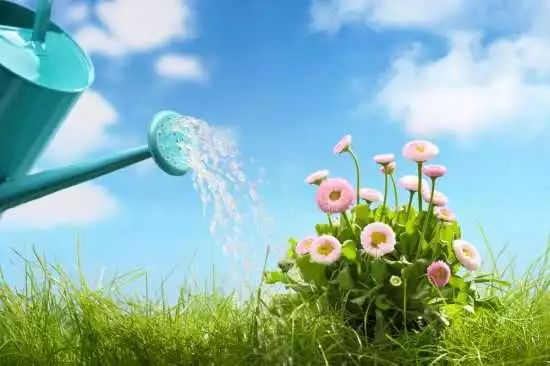 Precautions for watering potted plants
Precautions for watering potted plants
7. Some plants like moisture, so they need to be placed in a humid place and watered frequently, such as Astilbe, Digitaria, ferns, foam flowers, horsetail, hosta, impatiens, Louisiana, Siberian and Japanese irises, cape glomerate, mint, polygonatum, marsh hibiscus, white cyperus, and sedge.
8. Generally, plants with thick flesh should be watered less, such as cacti. Plants with thin leaves should be watered more, but plants with small waxy leaves should be watered less.
9. Vigorously growing plants should be watered more, while dormant plants should be watered less. Some plants need to hibernate in winter, so they should be watered less.
10. Watering methods include watering on the pot surface, sitting on the pot, towel absorbing moisture and drip irrigation. For plants that cannot be taken care of in the short term, the towel absorbing moisture method should be used or the small flower pot should be placed in a large box filled with wet sand. This can extend the time without watering.
11. Most of the problems with potted flowers are caused by improper watering. No matter what kind of potted plants you are watering in any season, you must master two principles: "high quality, timely, and appropriate amount" and "don't water unless the soil is dry, and water thoroughly when you do", that is, water until water seeps out from the plate under the pot.
This is an introduction to the precautions for watering potted plants. I hope everyone will pay attention to the above when watering the plants and keep the plants healthy.
You may also be interested in:
This bonsai garden is the birthplace of Shanghai style bonsai.
In one's life, there must be a bonsai of one's own.
The beauty of trees? The beauty of grass?
Another wave of bonsai auctions, let’s take a look at the auction prices of mainstream bonsai this year!
It is said that this is the most famous bonsai garden in Spain.
Dancer on the cliff!
100 small and exquisite fruit bonsais give people a deep impression
Song Panfei's Cypress Bonsai Production Process
Bonsai of Elm Tree with Stone by Mr. Tang Qing'an, a Bonsai Master from Henan
The pine tree is the "tree of the emperor"~~
How to shape a fine pine tree stump
“Short” but domineering, “fat” but stunning!
Bonsai, a wintery atmosphere!
The flower is shaped like a bottle, its fragrance is like orchid, and it is a tiny bullet with a touch of bright color that lasts all winter!
Pick up a stone and plant a bonsai, it is so beautiful, it turns out to be so simple!
Air pollution is so severe, you can build a "natural oxygen bar" at home
Jue-The grand finale of the bonsai exhibition at the end of 2017 is here, hurry up and take a look!
Live passionately in the world of bonsai!
There is a tree full of flowers in the yard. Do you like it?
It is said that this is the top bonsai exhibition in Taiwan! Nearly 100 selected bonsais, enough to see in one go!
The first shaping process of the red pine downhill pile
This bonsai exhibition displays the Four Heavenly Kings and Twelve Generals of Bonsai!
Everyone has a bonsai tree.
Poetic Life